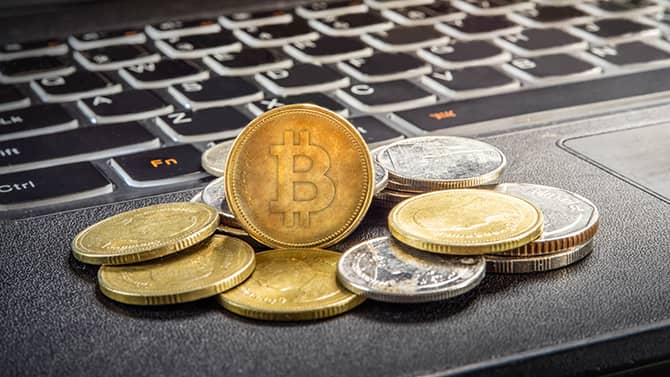The difference between the primary market and the secondary market of virtual currency
- DDDOriginal
- 2024-04-28 11:26:091331browse
The primary market and the secondary market are two related but distinct financial markets that involve the issuance of new securities or virtual currencies and the trading of existing assets respectively. The primary market mainly involves initial public offerings (IPOs) or initial coin offerings (ICOs), while the secondary market allows transactions between investors. The main differences are asset sources, trading mechanisms, price discovery, trading objects, liquidity, risk, rate of return and participation methods.

The difference between primary market and secondary market
1. Definition
- Primary market: The market where new securities or virtual currencies are issued, mainly involving initial public offerings (IPOs) or initial coin offerings (ICOs).
- Secondary market: A trading market for existing securities or virtual currencies, where transactions are conducted between investors.
2. Main differences
1. Source of assets
- Primary market: issuance of new Asset
- Secondary market: Existing assets
2. Trading mechanism
- Primary market: Usually auction or underwriting Ways to issue new assets
- Secondary market: Trading through exchanges or over-the-counter (OTC)
3. Price discovery
- Primary market: The price is determined by market demand when it is first issued
- Secondary market: The price is determined by supply and demand, reflecting the market value of the asset
4 . Transaction objects
- Primary market: The main participants are issuers, underwriters and institutional investors
- Secondary market: Participants include individual investors, institutions Investors, exchanges and market makers
5. Liquidity
- Primary market: low liquidity, only at the time of issuance Trading
- Secondary market: high liquidity, investors can buy and sell assets at any time
6. Risk
- Primary market: Because the assets are in the raising stage, the risk is higher
- Secondary market: The risk is relatively low, but still affected by market fluctuations and the performance of specific assets
7. Rate of return
- Primary market: The potential rate of return is higher, but the risk is also higher
- Secondary market: The rate of return is usually lower, but The risk is also lower
8. Participation method
- Primary market: Usually requires a certified broker or participating institutional investor
- Secondary market: You can participate through exchanges or over-the-counter transactions
The above is the detailed content of The difference between the primary market and the secondary market of virtual currency. For more information, please follow other related articles on the PHP Chinese website!
Related articles
See more- What are the top ten currency exchanges?
- What is the Chinese name of poloniex trading platform app poloniex exchange?
- Ranking of useful virtual currency trading platforms in the United States Top ten virtual currency trading software apps
- Which software is best for buying and selling virtual currency? Domestic virtual currency trading platforms available
- Download the Android version of Yiou Exchange

